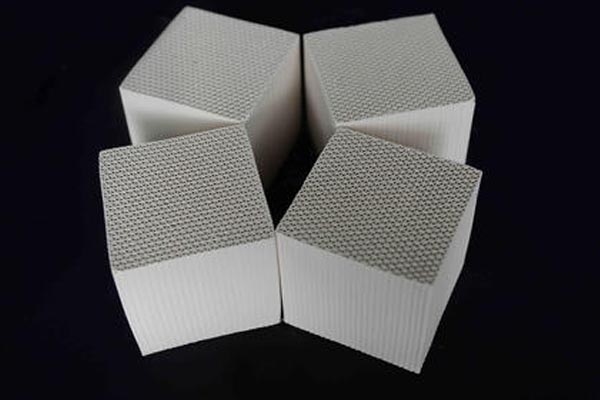
Honeycomb zeolite molecular sieve is a kind of aluminosilicate material containing alkali metal or alkaline earth metal oxide with open framework and regular pore cage structure. It has been widely used since it was discovered by Swedish scientists in 1956, and then it has been widely used in petrochemical industry, environmental protection, bioengineering and other fields due to its special physical characteristics. purchase And with the gradual expansion of the demand for zeolite molecular sieves, researchers began to expand a variety of synthetic methods of zeolite molecular sieves to meet the needs of various fields. Zeolite molecular sieve has super strong adsorption performance, which is due to a "surface force" generated by molecular gravity on the solid surface. When the fluid flows, some molecules in the fluid collide with the adsorbent surface due to irregular movement, resulting in molecular concentration on the surface, reducing the number of such molecules in the fluid to separation Purposes of clearing. Direct selling Since the adsorption does not undergo chemical changes, as long as the molecules concentrated on the surface are managed to drive away, the zeolite molecular sieve will have the adsorption capacity again. This process is the reverse process of adsorption, which is called the resolution or regeneration process.
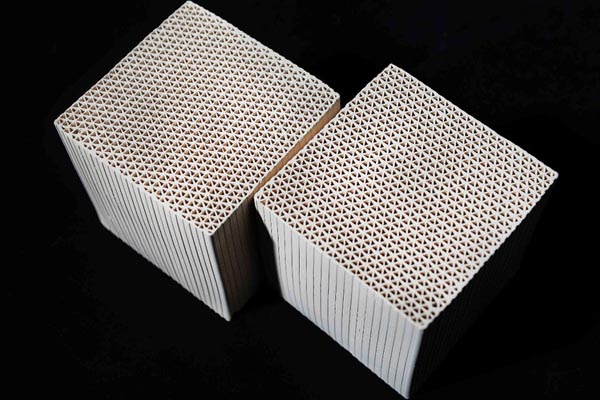
purchase Because the silicon (aluminum) oxygen tetrahedron of natural zeolite crystal has many holes and channels, which occupy cations and water molecules. When some other goods are completely dehydrated after baking, the crystal skeleton is not damaged, but forms large holes on the inner surface, which can absorb and store a large number of molecules, so it has the characteristics of large adsorption capacity and high selectivity. There are cavities and channels in the crystal structure of zeolite with large adsorption capacity, whose volume accounts for more than 50% of the total volume of zeolite crystals. Moreover, the micropores of zeolite are evenly distributed, and the pore size is small, which is equivalent to the molecular size of general substances. The internal surface area of zeolite crystals can reach more than 1000 square meters. Therefore, the adsorption capacity of zeolite is particularly large. Direct selling In different zeolite minerals, the proportion of silicon and aluminum is different, and the different proportion will cause some characteristics of zeolite changes, such as ion exchange and acid resistance.
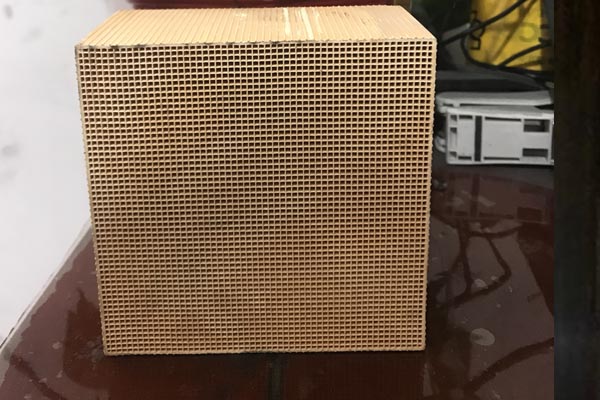
Zeolite molecular sieve is a kind of excellent adsorbent, which is widely used in the production of basic organic chemical industry and petrochemical industry, as well as in the treatment of harmful gases nox、co、co2,nh3,ccl4、 Purification of water vapor and gaseous hydrocarbon waste gas; As well as air purification and deodorization in biochemical industry, paint industry, underground places, leather factories and animal breeding places; Adsorption of flue gas odor, removal of mercury vapor, etc. The factors affecting the purification efficiency of honeycomb zeolite molecular sieves are absorption and desorption. If the waste gas adsorbed on the runner cannot be completely desorbed, the runner will become saturated after a long time, which will affect the adsorption efficiency of the zeolite runner, purchase The service life of zeolite will be directly affected over time.
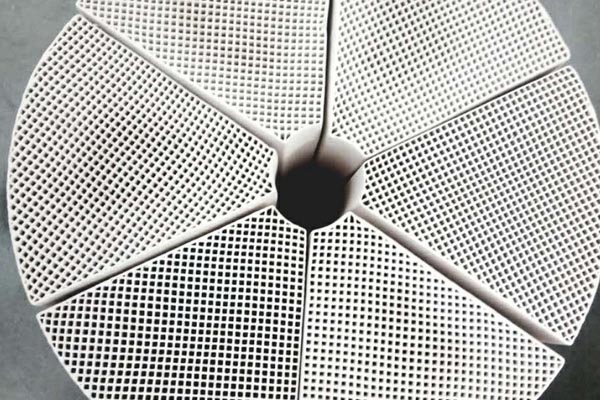
purchase Since UCC scientists invented synthetic molecular sieves in the late 1940s, UOP's molecular sieve technology has changed with each passing day. Today, UOP molecular sieve is famous for its high efficiency, low consumption and reliability. With the high adsorption capacity of UOP molecular sieve, users may reduce the loading capacity of molecular sieve and extend the adsorption cycle. More importantly, with this advantage, users can significantly reduce their investment and operating costs and reduce energy consumption. This is particularly noticeable in today's increasingly tense energy. The adsorption or repulsion function of molecular sieves is affected by the molecular electricity. Synthetic zeolite has the special function of selective adsorption according to the size and polarity of molecules, so it can dry or purify gas or liquid, Yichun This is also the basis for molecular sieve separation. Synthetic zeolite can meet the extensive demand of industry for adsorption and selective products, and is also widely used in industrial separation to synthesize zeolite molecular sieves. Advantages of UOP molecular sieve
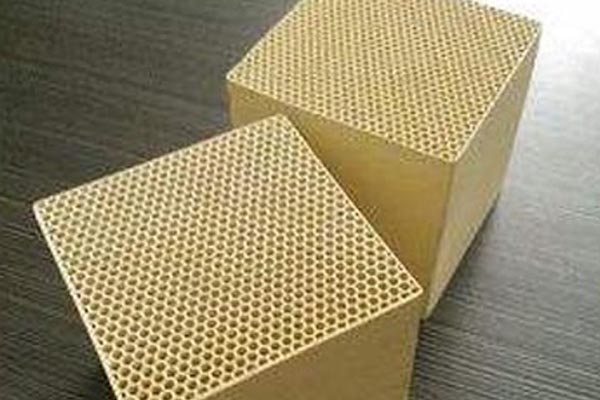
purchase Technical performance and characteristics: simple structure, convenient maintenance and long service life; High absorption and desorption efficiency, so that VOCss waste gas with high air volume and low concentration can be converted into low air volume and high concentration waste gas, reducing the cost of back-end final treatment equipment; The pressure drop generated by the adsorption of VOCs by the zeolite runner is extremely low, which can greatly reduce the power consumption; The overall system adopts pre assembly and modular design, which has a small space requirement and provides a continuous and unmanned control mode; The waste gas concentrated by the runner can meet the national emission standards; The adsorbent uses non combustible hydrophobic zeolite, which is safer to use; The disadvantage is that the one-time investment is high. The zeolite runner is essentially a concentrator, Direct selling The waste gas containing organic solvent after runner treatment is divided into two parts: clean air that can be discharged directly and regeneration air containing high concentration organic solvent. The clean air that can be directly discharged can enter the spray paint air conditioning ventilation system for recycling; The concentration of high concentration VOCs is about 10 times that of the VOCs before entering the system. The concentrated gas is then incinerated at high temperature through the TNV recovery thermal incineration system (or other equipment). The heat generated by incineration is respectively used to heat the drying room and the zeolite wheel desorption. The heat is fully used to achieve the effect of energy conservation and emission reduction.




